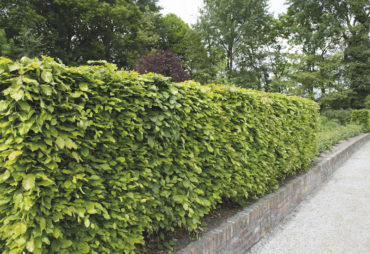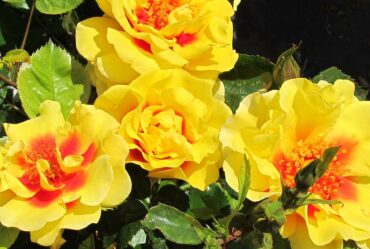Bare root plants represent excellent value for money and perform exceptionally well. As well as trees, shrubs and fruit, you can also buy bare root roses and perennials, and it’s a really cost-effective way to plant a new hedge. We’ve pulled together a comprehensive collection of articles, Instagram posts and YouTube videos to help you get the very best from the bare root season. Don’t down tools this winter. Get planting!
Browse our full range of bare root plants here.
Contents:
- Best advice on why you should choose bare root plants
- Best advice on how to plant bare roots
- Best advice on bare root roses
- Best advice on bare root hedges and trees
Best advice on why you should choose bare root plants
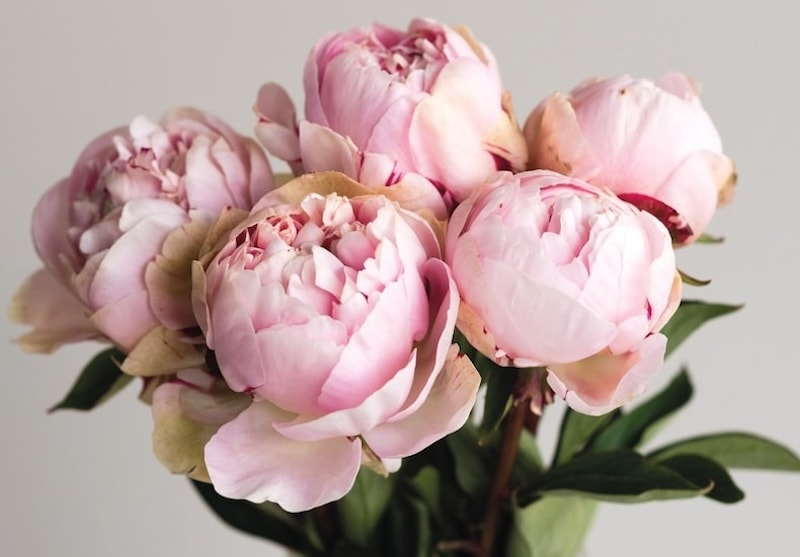
Image: Peony ‘Eden’s Perfume’ from Suttons
“Bare root plants refer to plants that are sold without any soil around their roots, unlike a plant sold in a pot,” explains Mr Plant Geek, Michael Perry. He says that many varieties are available this way, including hedging, trees, roses, perennials and fruit. But why should you buy them? Michael explains that cost is one of the main reasons. “Bare root plants often cost less to buy, as they come without soil and therefore cost less to pack and ship.”
One of the most important reasons to buy bare root plants is for improved performance, says Laura Jones of The Oxfordshire Gardener. The roots of container-grown plants “tend to circle round and round in the pot,” she explains, while the roots of those grown in nursery beds for bare root supply “are freer to grow out in all directions” making contact with important microorganisms in the soil. “This allows bare-root plants to settle and establish quicker, resulting in more vigorous growth.”
If you want to see what a bare root plant delivery looks like, watch Kirsty’s short reel over at @sageandbellflower. A qualified aromatherapist who uses nature to heal, Kirsty chose bare root raspberries for their delicious fruits and “to use their leaves in a tea”. She also ordered echinacea which, she says, is “not only a beautiful plant but is also medicinal”. Follow Kirsty on Insta to see how she turns her exciting bare root ‘goody bag’ into healing herbal remedies.
Best advice on how to plant bare roots
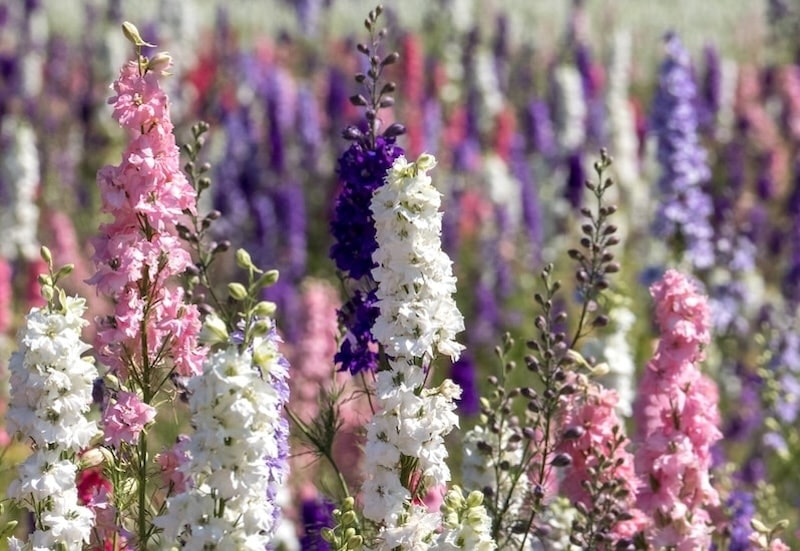
Image: Delphinium Mixed from Suttons
When your bare root plants arrive, “don’t leave them bare for too long if you want to give them the best possible start,” recommends Jason Mellars of @jays_permacultureallotment. He explains that bare root plants and trees may look like they’re fast asleep, but they’re not. “If you look closely you will start to notice fruiting spurs and buds starting to form.” If your soil is frozen or you’re not sure where they’re going, temporarily pot them up and keep the roots warm and hydrated until you’re ready.
Over at @my_hampshire_garden, Alex says that it’s really important to give bare root plants a good soak “to help them recover from their travels,” before you pot them up or plant them out. Watch her short reel, to see how she prepares her bare root irises (technically rhizomes) for planting.
Professional gardener Marie Shallcross of Plews Garden Design adds “mycorrhizal fungi to the planting hole,” when planting bare roots. She says that “this ‘friendly’ fungi helps to develop a strong root system and healthy plants and is found naturally in the wild.” And if your plant or tree needs staking, do it before you backfill the hole so you can avoid damaging the roots, suggests Marie.
If you’re growing bare root perennials, Andrew and Paul from Mad About Gardening admit that “youcan plant them straight out into the garden,” but in their experience, “it’s just worth growing them on for a few months before you do that.” They say that crowded borders can quickly starve the new plants of vital sunlight, and they also prefer to let them get a bit bigger before they risk them against the slugs! Watch the full video for more tips.
Best advice on bare root roses
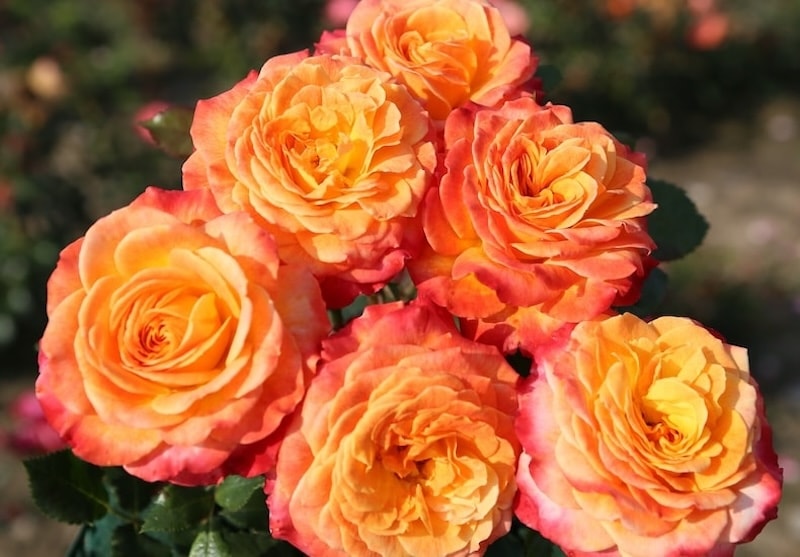
Image: Rose ‘Meteor’ (Floribunda Rose) from Suttons
“It may surprise you but the best time to plant roses is in winter,” says Lee Burkhill of Garden Ninja. He says that soaking the roots before planting is one of the most important steps. Being dormant means that their metabolism has slowed right down, but “they will still die just like any plant if they run out of moisture or nutrients.” Read Lee’s full article for a practical guide to planting bare root roses.
Tanya from Lovely Greens says that she always uses mycorrhizal fungi when planting perennial bare root roses. “It comes in a pelleted form and you sprinkle it on both the roots and inside the planting hole.” Her method is quick and easy. “Sprinkle it just on the roots while the plant is held over the hole, [and] you can get two birds with one stone.” Read Tanya’s full article for her thoughts on whether to bury the bud union or not.
Buying bare root roses gives you access to a huge range of varieties. If you’re not sure what to go for, see Suttons horticultural team’s top ten bare root rose plants along with a brief description of each bloom. Looking for a disease-resistant variety for mixed borders or patio containers? Our experts love Rose ‘Ebb Tide’ for its deep plum petals, sumptuous scent and long flowering period. Check out the full article to find the perfect variety for your garden.
Best advice on bare root hedges and trees
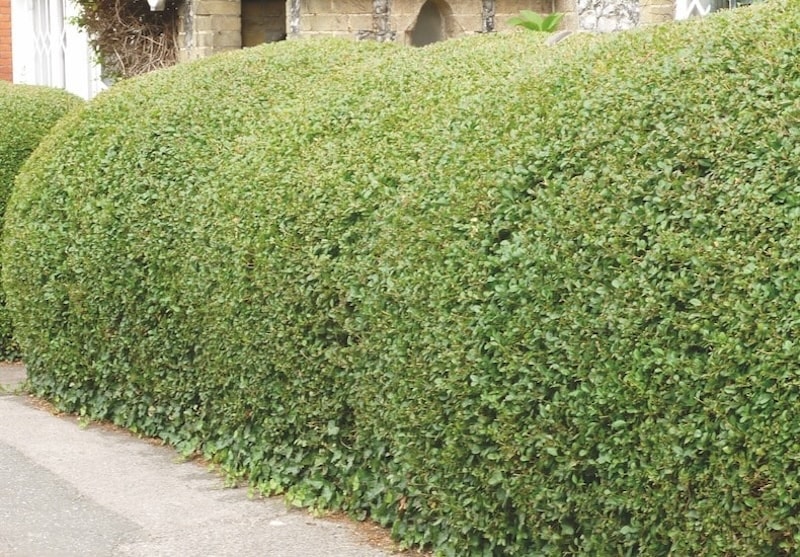
Image: Privet Hedging from Suttons
“Plant bare root hedging in autumn and you’ll have a cost-effective and nature-friendly screen in no time,” says the expert team at Suttons. Once you’ve soaked the roots, dig a V-shaped trench that will comfortably accommodate them. “Space your hedging plants so that there are roughly three to seven plants per metre, allowing enough space to keep the roots from touching,” they say. If you want a thicker hedge, plant a double row in a zigzag pattern.
Immediately after planting hawthorn, blackthorn or privet, Andy from @andypeasgood recommends cutting the plants back by half to promote the hedge to produce bushy growth from the base. If you don’t, Andy says “you can easily end up with hedging that’s thin along the lower section as the top end scrambles towards the light.” Visit Andy’s Insta post to see his easy method for pruning a bare root hawthorn hedge to keep it “even, precise and quick.”
If you’re looking to add privacy to an overlooked garden, you could try planting a ‘hedge on stilts’, suggests Jenny at Murphy’s Garden. She’s talking about ‘pleached’ trees, and her helpful video explains how to create this stylish effect on a budget using bare root whips. She and her husband created an avenue of pleached lime trees using bare root tilia cordata whips which they grew on in pots and then trained onto frames. You’ll need 9 lengths of bamboo and a large bag of zip ties to make each frame. Watch the video for expert tips and plenty of inspiration.
We hope we’ve given you lots of useful advice when it comes to choosing and planting bare root plants. Whether you want to fill your outside space with beautifully scented cottage style roses, plant a wildlife-friendly hedge or need expert tips on growing a fruit tree, bare root plants are an excellent option.
Lead image: Shutterstock
Last Updated on September 5, 2024 by Suttons Horticultural Team



